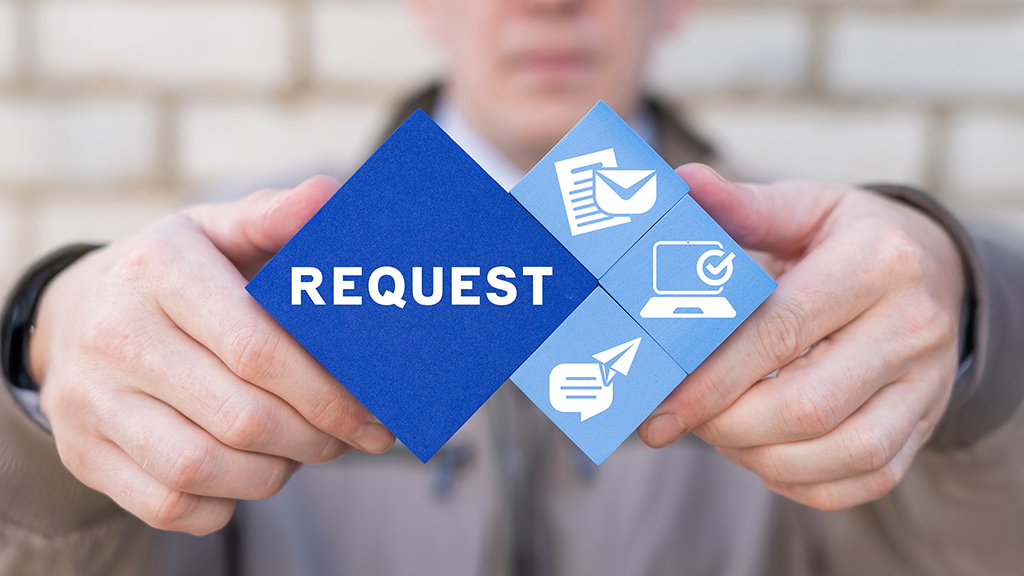Let’s face it, data is the key to achieving success in the retail industry today. You can’t rely on guesswork anymore. The retail landscape is getting competitive and if you are not relying on hard data or retail analytics, you are not making those smart decisions that will improve customer satisfaction, increase sales, and improve the growth trajectory of your retail business.
If you are thinking that your closest competition is still using the old ways, you need to look at this study by Allied Market Research that foresees global big data analytics in retail market size to reach a staggering $25,560 million by 2028. Back in 2020, it was a mere $4,854 million in 2020.
Harnessing the power of data analytics in retail will enable you to detect changes in customer behavior, shopping patterns, and market trends. This information will help you offer better customer service and improve customer satisfaction and retention. Retail businesses can also use it for customer segmentation, pricing analysis, customer loyalty analysis, supply chain management, cross-selling, market basket analysis, demand forecasting, and finance. The possibilities are only limited by your imagination.
We understand that being data-centric in the retail industry is easier said than done. Therefore, we have compiled some tried and tested tips to help you make the most of your data and use it to make more sales and win more customers.
Leverage tech tools to kick-start your data journey
Sometimes retailers lack the right tools to collect and harness information which causes difficulties in executing data-centric efforts. Then some retailers are blessed with the perfect tools for this job but cursed by the inability to use those tools to their full potential.
If you are one of the above-mentioned retailers, consider the following tips:
Use data collected by your point-of-sale system (POS)
If you are using your POS merely to ring up sales, you need to reconsider your POS usage. These days, many POS solutions offer to report features that provide retail data insights using important metrics such as basket sizes, profit margins, sales trends, customer counts, etc.
For example, you can go to the reports section of your POS and generate a sales report to find out which products or services are generating revenue and which items are just collecting dust on shelves. Using these reports, you can plan your purchase orders accordingly and strategize marketing plans for the next quarter.
One retailer who was running a seasonal business of hand-made products in the UK told a research company that the sales reports generated by their POS system allowed them to make better decisions. The retailer could review the sales patterns by hour, day, month, and even by the supplier. This allowed them to predict future market trends and customer demands and plan accordingly. It further assisted them in planning their staff rosters for seasons.
Using the right data will also help you serve customers better. Using POS retail data analytics, you can understand the preferences of your buyers and use this information to improve your customer service and experience. Once you know what your customers are interested in, you can even make better upselling and cross-selling strategies. You can even go a step further and build a long-lasting relationship with them to improve loyalty.
Use data from your email marketing software
There is a lot of information in your email marketing software that you can use to benefit your business. If you are sending our weekly newsletters or have a drip campaign in place for your featured services, you can track clicks, open rates, and times of engagement. These numbers will help you improve your success rate in your email marketing endeavors.
For example, the open rate data will tell you which email subject lines are working well with your customers and which aren’t. You can optimize them going forward. The clicks will reveal which products and services your customers are interested in, and the times of engagement will let you know when your customers are reading your emails so you can time your email campaigns more effectively. This can also contribute to your overall retail data analytics and help you get a clearer picture of your customer preferences.
Use data from your foot traffic analytics solution
Footfall analytics solutions are great when you are offering omnichannel shopping experiences. If you are running an online business supported by a chain of physical retail stores, you can use data from your people counting solution to understand visitor traffic, dwell times, etc. Using this data, you can understand how many in-store visitors you are getting during select hours, parts of your stores getting the least or most visitors and how much staff do you need to provide optimal customer service to your in-store visitors.
Learn more about ensuring optimum staff levels using footfall and in-store analytics solutions.
Dig into historical data using retail analytics
“Study the past if you would define the future.” ― Confucius
There is a lot one can learn from the past. If you are in retail, looking at your previous inventory and sales data can reveal valuable action steps and retail data insights. You can find which products were sold the most during the previous season or which customers were spending the most at your retail stores. It is not just the customers; you can also observe the suppliers who were popular with your online shoppers or which company were making the safest deliveries.
All this information will help you in devising the most successful promotions and formulating the best ordering decisions.
One of our Microsoft Dynamics 365 clients highlighted how the retail data analytics in the system helped them in their decision-making.
“We have had Confiz customized Microsoft Dynamics 365 solution for over a year and while it has helped streamline the supply chain operations of our business, I am particularly impressed by its comparative reports. It was hugely beneficial for us to go back and observe our best season last year and plan our orders for this year accordingly. It’s invaluable data for us as a retailer,” the person making the quote requested to remain anonymous.
Combine reporting metrics and brew revenue-boosting strategies
Just running reports of select KPIs (Key Performance Indicators) repeatedly is like focusing only on one corner of the painting. How can you fully appreciate the value of your data if you are not able to see the complete picture?
To utilize your data to its maximum potential, you need to consider how various metrics relate to each other. You need to dive deeper into retail data insights by mixing and matching different reporting KPIs. Simply looking at individual reports in isolation won’t cut it anymore.
For example, footfall traffic and transaction count data are useful even if observed separately. But if you were to divide transaction count with gross traffic data, you will get the conversion rate of your store. This will emerge as a powerful metric that will reveal the ratio of store visits to the customers who were buying. Similarly, if you would divide the total revenue by the transaction count you will get your average order value. This will show you how much your buyers are spending in your retail outlets.
These were just two examples of how you can combine data creatively and generate insightful reports. Since every business is different, we recommend that your dig into your retail data analytics and search for data points to combine.
Use retail data analytics to foresee which products your customers will find interesting in the future
“You can have it all. Just not all at once.” ― Oprah Winfrey
Time matters a lot when you are analyzing data. If you can focus on what your customers are buying now, you can predict what they will buy in the future.
Let’s assume you are selling baby products and a customer buys small-size diapers from you along with baby food recommended for infants. With these purchases, you can safely predict that they will be needing medium-sized diapers in three months or fluffy blankets in the winter. Using this information, you can email them relevant product recommendations via newsletters. You can even write a blog on how new parents can baby-proof their home or how to feed an infant properly and add it in your newsletter to help your customers. These blogs will have links to relevant products in your store. This way you will not only help your customers with information, but you will also manage to make some good sales.












